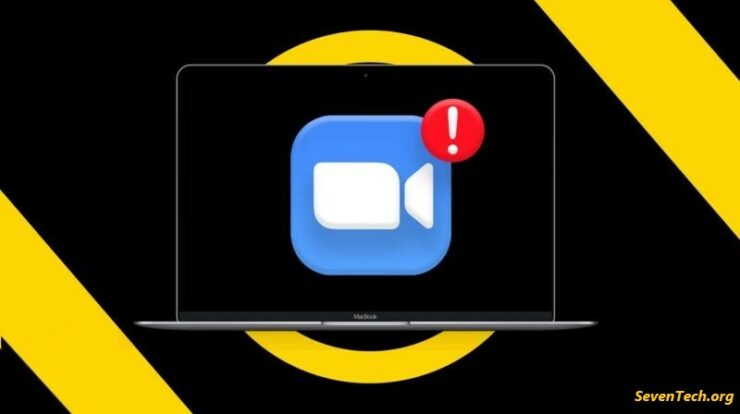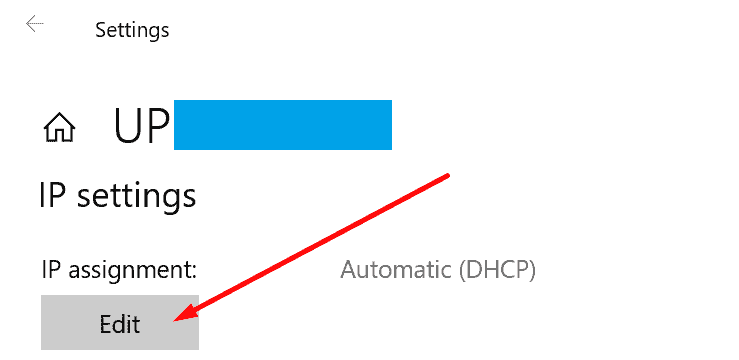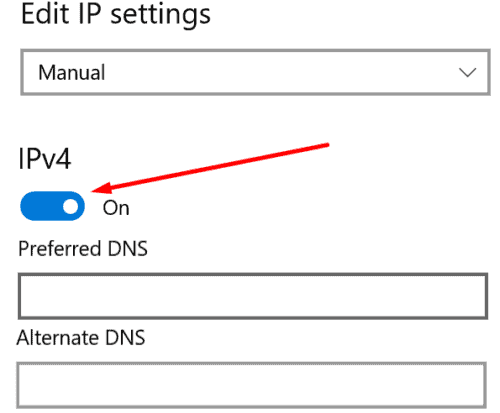
How to Fix Zoom Error When Your Internet Connection is Unstable? A zoom is a tool that brings people together and is one of the world’s most popular remote work and remote learning tools. Well, From time to time, Zoom might display various error codes on the screen indicating your connection is not stable. Also, if your Zoom connection is unstable, you will experience video or audio buffering issues and frequent disconnects.
[lwptoc]
Fix Zoom Error: Unstable Internet Connection
→ Quick Fix: This Zoom Error usually appears when you’re in the middle of a video conference. So, You don’t have much time to tweak your settings or look for the culprit. However, As a quick workaround, if you are using your camera, try turning it off.
But, In this manner, you can free up precious bandwidth, which should preserve the audio and screen sharing quality, allowing you to participate in the meeting actively.
1. Check your Network Connection
The greatest thing to do to make sure you have a stable Internet connection is restart or unplug your modem and router. Suppose there are any pending router firmware updates. Install them on your device.
To give Zoom access to your total bandwidth, check if other devices are connected to your network and disable them. In Addition, to further speed up your connection, you will use an Ethernet cable that is more stable & faster than a wireless connection.
If you can’t use a cable connection, ensure you are not too far away from the Wi-Fi router. Typically, the computer you’re using for Zoom video conferences should be only a few feet away from your router.
Otherwise, you can switch to a different Wi-Fi channel and test to see if you notice any differences.
After following all these instructions, check your connection and make sure you meet the bandwidth requirements (ideally, at least 2 Mbps up/down).
Note: Temporary infrastructure problems on your ISP’s side could also negatively impact your Internet connection. Well, Get in touch with your ISP and check if there are any known infrastructure or server problems.
2. Disable bandwidth-hogging programs
Suppose another program is running in the background. In such a case, we recommend disabling them, especially if we’re talking about bandwidth-hogging software such as cloud sync programs, streaming tools, video-sharing programs, and so on.
Suppose you’re using a VPN, disable it, and check if you notice any improvements in terms of network stability. Unusual statistics suggest that using a VPN may slow down your connection by up to 30% or even 50% if you use a VPN server that’s not located in your region.
3. Disable SIP ALG and QoS
So, SIP ALG or Application Layer Gateway is a tool that many routers come equipped with. Well, Its main role is to prevent router firewall issues. However, SIP ALG can sometimes cause more problems than fixes, and disabling it is a wise decision.
To disable SIP ALG, follow these steps:
- Access your router’s admin page, and go to the Advanced Tab or Advances settings.
- Next, select Setup and WAN setup.
- Here, Locate NAT filtering, and check the option that allows you to turn off SIP ALG.
- Now, Restart your router and check if Zoom still detects the connection is unstable.
Certain instructions may vary depending on your router model. On remarkable routers, the SIP ALG feature can be found under firewall settings. For detailed guidance, go to your router manufacturer’s support page.
Recently users suggested that turning off QoS (Quality of Service) may also help. Essentially a quick reminder, QoS is a standard router tool that prioritizes traffic.
4. Renew your IP address
Restoring your IP address is another potential solution that may fix this Zoom unstable connection problem.
- Start, Launch Command prompt with admin rights
- Now, Enter the following commands and Click Enter after each one:
1-netsh winsock reset
2-netsh int ip reset
3-ipconfig /release
4-ipconfig /renew
5-ipconfig /flushdns
- Lastly, Restart your computer and launch Zoom.
5. Change DNS Settings
1. Go to Settings > Network & Internet
2. Click on your internet connection
3. Scroll down to IP settings and click on the IP assignment button assignment settings windows 10
4. Select Manual and enable IPv4 or IPv6 depending on your network and hardware configuration
5. Enter the primary & secondary DNS your want to use:
- -Cloudflare DNS: 1.1.1.1 and 1.0.0.1
- -Google Public DNS: 8.8.8.8 and 8.8.4.4
- -OpenDNS: 208.67.222.222 and 208.67.220.220
6. Apply these changes, restart your computer, and check if the zoom error is gone.
Also, Check:
Final Words:
Let us know which resolution worked for you To Fix Zoom Error When Your Internet Connection is Unstable.




